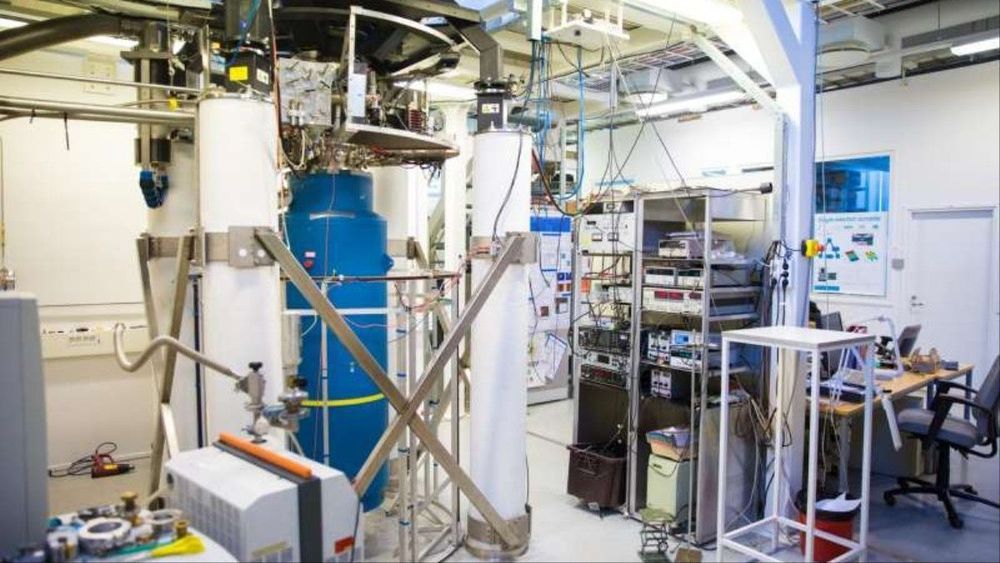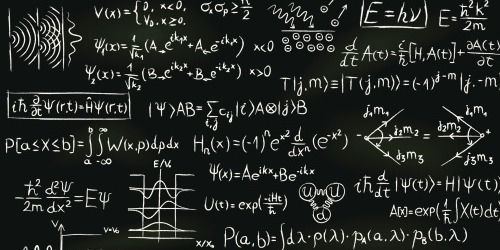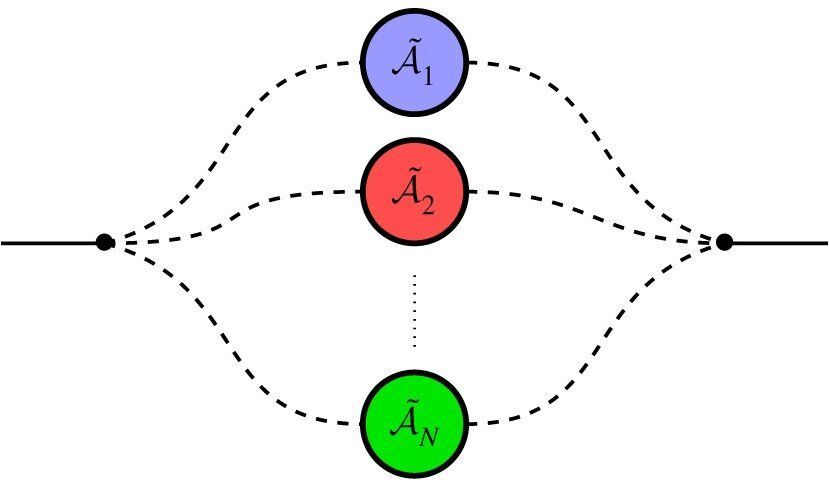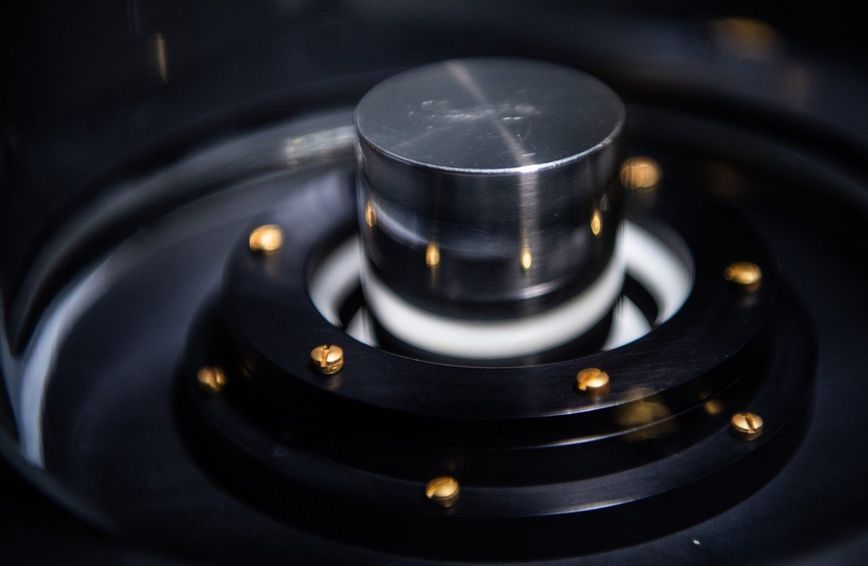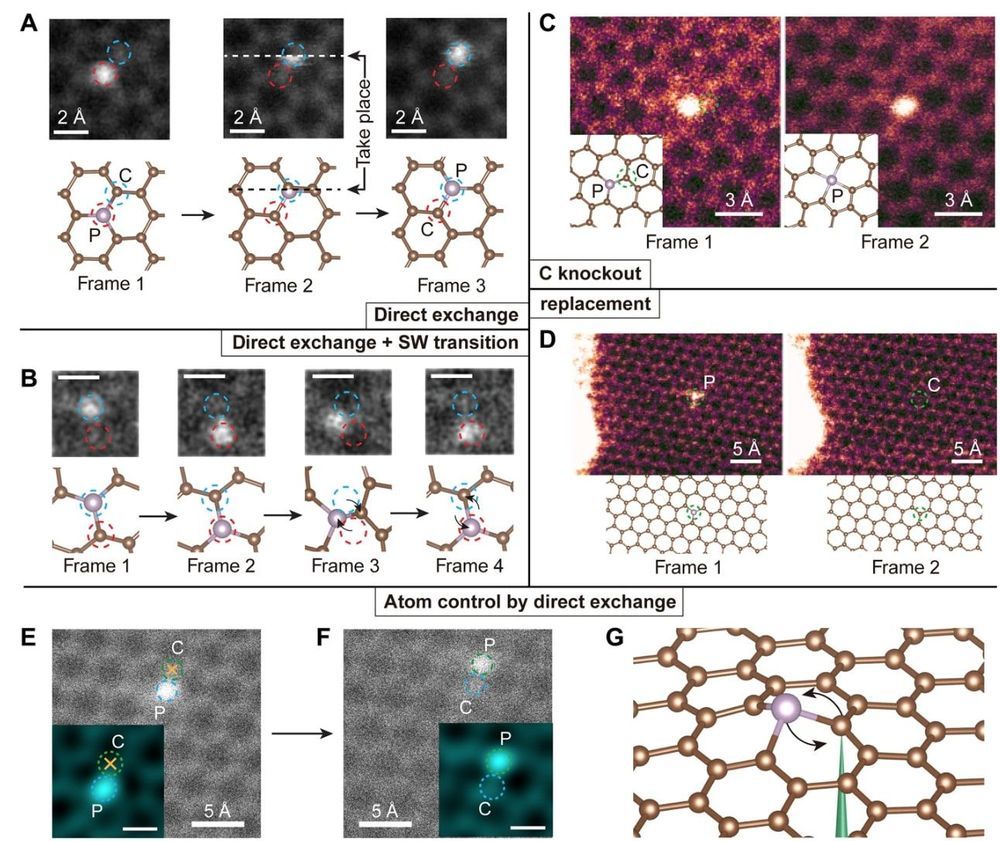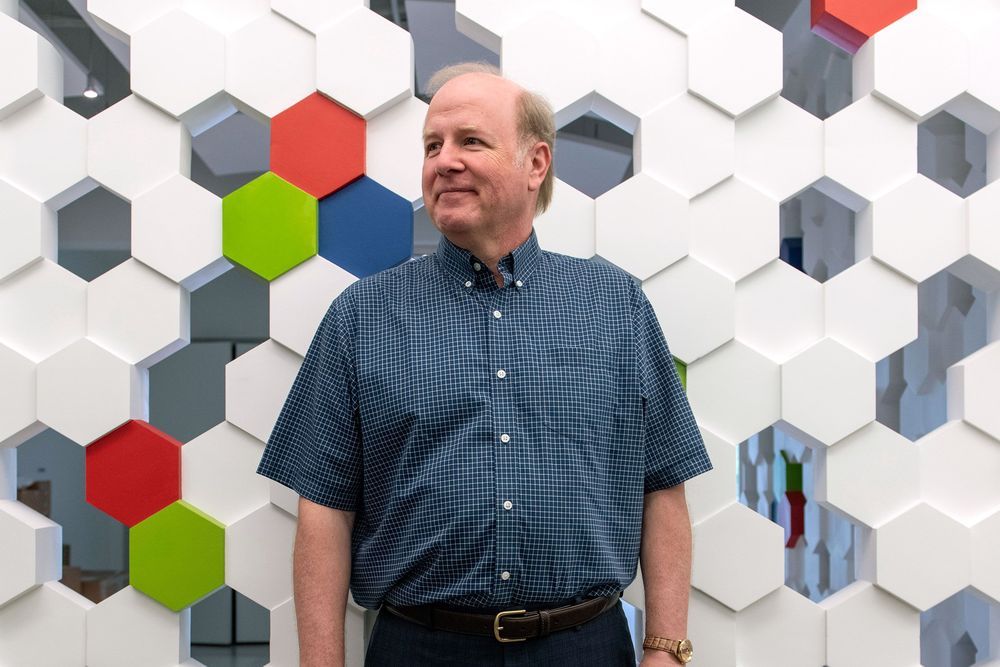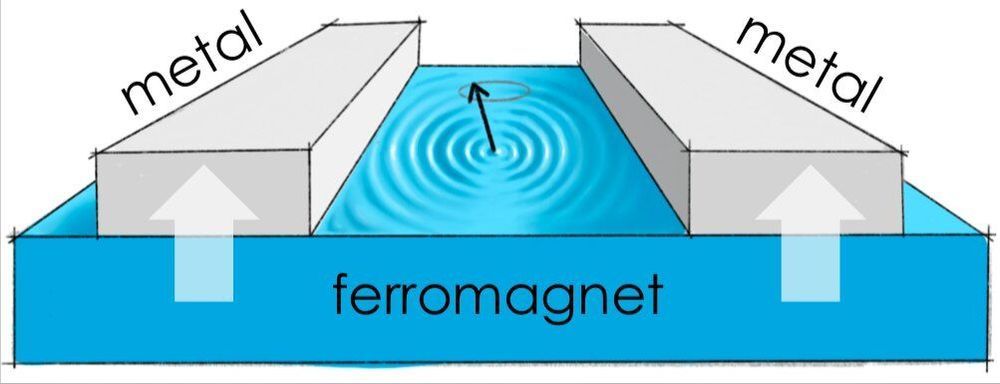Some cosmologists have predicted the existence of “walls bounded by strings” in the aftermath of the Big Bang, and now a team of physicists have created these quantum structures on Earth for the first time.
Category: quantum physics – Page 667
Physicists at the University of Basel have shown for the first time how a single electron looks in an artificial atom. A newly developed method enables them to show the probability of an electron being present in a space. This allows improved control of electron spins, which could serve as the smallest information unit in a future quantum computer. The experiments were published in Physical Review Letters and the related theory in Physical Review B.
The spin of an electron is a promising candidate for use as the smallest information unit (qubit) of a quantum computer. Controlling and switching this spin or coupling it with other spins is a challenge on which numerous research groups worldwide are working. The stability of a single spin and the entanglement of various spins depends, among other things, on the geometry of the electrons—which previously had been impossible to determine experimentally.
Information theory, which was developed by Claude Shannon starting in the late 1940s, deals with questions such as how quickly information can be sent over a noisy communications channel. Both the information carriers (e.g., photons) and the channel (e.g., optical fiber cable) are assumed to be clas…
The kilogram isn’t a thing anymore. Instead, it’s an abstract idea about light and energy.
As of today (May 20), physicists have replaced the old kilogram — a 130-year-old, platinum-iridium cylinder weighing 2.2 pounds (1 kilogram) sitting in a room in France — with an abstract, unchanging measurement based on quadrillions of light particles and Planck’s constant (a fundamental feature of our universe).
In one sense, this is a grand (and surprisingly difficult) achievement. The kilogram is fixed forever now. It can’t change over time as the cylinder loses an atom here or an atom there. That means humans could communicate this unit of mass, in terms of raw science, to space aliens. The kilogram is now a simple truth, an idea that can be carried anywhere in the universe without bothering to bring a cylinder with you.
The work should lead to control one to a few hundred atoms at microsecond timescales using AI control of electron beams. The computational/analytical framework developed in this work are general and can further help develop techniques for controlling single-atom dynamics in 3D materials, and ultimately, upscaling manipulations of multiple atoms to assemble 1 to 1000 atoms with high speed and efficacy.
Scientists at MIT, the University of Vienna, and several other institutions have taken a step toward developing a method that can reposition atoms with a highly focused electron beam and control their exact location and bonding orientation. The finding could ultimately lead to new ways of making quantum computing devices or sensors, and usher in a new age of “atomic engineering,” they say.
This could help make quantum sensors and computers.
There are about half a dozen other technological approaches to quantum computing vying for preeminence these days. The ion trap method differs from the most popular approach—the silicon chip-based “superconducting qubit”—preferred by the likes of IBM, Google, Intel, and other tech giants. Honeywell, the industrial conglomerate, is one of the few companies pursuing the ion trap approach along with IonQ.
“Quantum computers can potentially solve many of the problems we have today,” Chapman told Fortune on a call. He listed off potential areas of impact, such as drug discovery, energy, logistics, materials science, and A.I. techniques. “How would you not want to be part of that?”
“This is a once-in-a-generation type opportunity,” said Andrew Schoen, a principal at New Enterprise Associates, IonQ’s first backer. “We view this as a chance to build the next Intel.”
A new research project aims to harness the power of quantum computers to build a new type of neural network — work the researchers say could usher in the next generation of artificial intelligence.
“My colleagues and I instead hope to build the first dedicated neural network computer, using the latest ‘quantum’ technology rather than AI software,” wrote Michael Hartmann, a professor at Heriot-Watt University who’s leading the research, in a new essay for The Conversation. “By combining these two branches of computing, we hope to produce a breakthrough which leads to AI that operates at unprecedented speed, automatically making very complex decisions in a very short time.”
A team of researchers at Utrecht University, the Norwegian University of Science and Technology and the University of Konstanz has recently proposed a new method to determine magnon coherence in solid-state devices. Their study, outlined in a paper published in Physical Review Letters, shows that cross-correlations of pure spin currents injected by a ferromagnet into two metal leads normalized by their dc value replicate the behavior of the second-order optical coherence function, referred to as g, when magnons are driven far from equilibrium.
“Consider a big room full of people having a party,” Akash Kamra, one of the researchers who carried out the study, told Phys.org. “These people can either behave as in a night club, bumping into each other in an uncoordinated way and with chaotic movements, or the party people might be directed by a common host, such as at a wedding party. Such a ‘condensed’ crowd of people moves swiftly without bumping into each other.”
Kamra draws an analogy between the party situations he described and magnons, quantum particles that correspond to a specific decrease in magnetic strength, traveling as a unit through a magnetic substance. In his analogy, an uncoordinated “party” would occur if magnons are in a “thermal” state, while a coordinated one if they are in a “coherent” or “condensed” state. The coordinated movement of guests in the second type of party, on the other hand, would correspond to a superfluid flow, which is a manifestation of a remarkable state of matter: the condensate.
